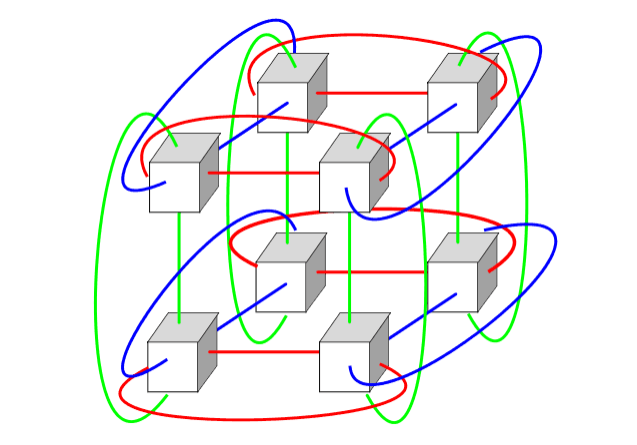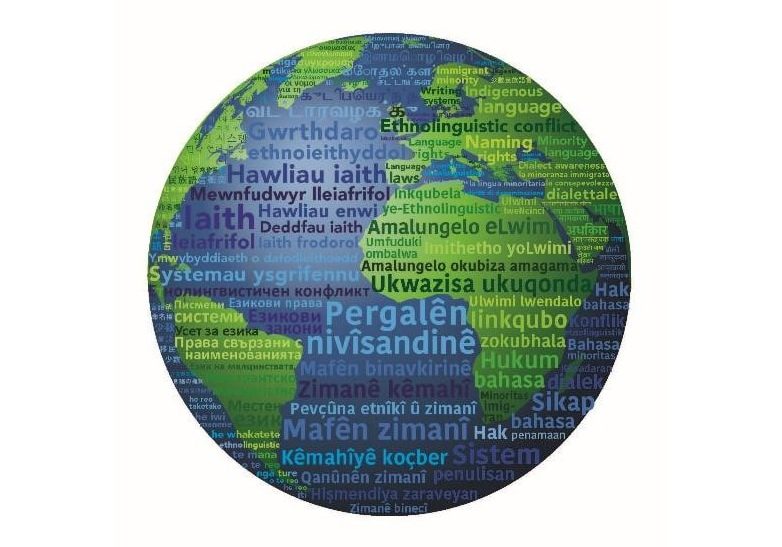To what extent is language and ethnolinguistic identity central to understanding a given conflict?
To what extent is language being utilized as a political or economic weapon?
How are intergroup relations complicated by language differences?
ConflictAnalytiX seeks to address these matters and answer these questions for its clients. Identifying the elements of language conflict present in a given situation, and understanding how its nature, causes, and consequences affect the economic and social stability of the conflict zone, all provide crucial data for possible policy choices, and form the bases of ConflictAnalytiX recommendations.

Analyses
Analyses are created by applying the combined range of the social sciences – sociology, psychology, anthropology, geography, and economics – but stressing linguistics and political science/conflict studies, in order to provide linkages across disciplines, include sub-fields of those disciplines, and utilize the full range of their methodologies.
Dynamic Systems
ConflictAnalytiX thus employs a multidisciplinary dynamical systems approach, investigating events and processes in a way that cuts across analytical boundaries, and brings them to bear on specific policy issues and pressing decisions, in order to preserve policy relevance, situational applicability, and evaluation transparency.


Understanding Context
ConflictAnalytiX helps clients understand important elements, factors, and dynamics related to their particular problems/issues/policies. More crucially, by including the ethno-linguistic context of intergroup relationships, and focusing on the elements of language conflict, ConflictAnalytiX makes clients aware of important linguistic and language factors that are most often ignored in standard economic or political analyses.
New Narratives
Analyses are designed to find the “sweet spot” between generalized applicability and specificity. We develop new narratives applicable to sets of problems but also directed toward clients’ specific issues/needs/policies, so as to identify both potential, unrecognized problems, as well as hidden opportunities.

Featured Services
Selection and Renewal of Study Abroad Sites and Programs
An objective arbiter in auditing study abroad programs, we provide:

(i) PROGRAM ASSESSMENT
Independent evaluations for program selection and renewal, allowing colleges to be less dependent on program vendors.

(ii) COUNTRY-LEVEL REPORTS:
Assessments of political, cultural, societal, and academic variables.
Reporting includes a broad range of high-quality information, such as: academic quality and reputation of prospective partner institutions; site-specific safety and health concerns; and linguistic, logistic, and pragmatic factors that can impact the study abroad experience of American students.
Our efforts facilitate the establishment and oversight of revenue-positive study abroad programs, permitting the expansion of study abroad programming that serves the needs and mission of a college.